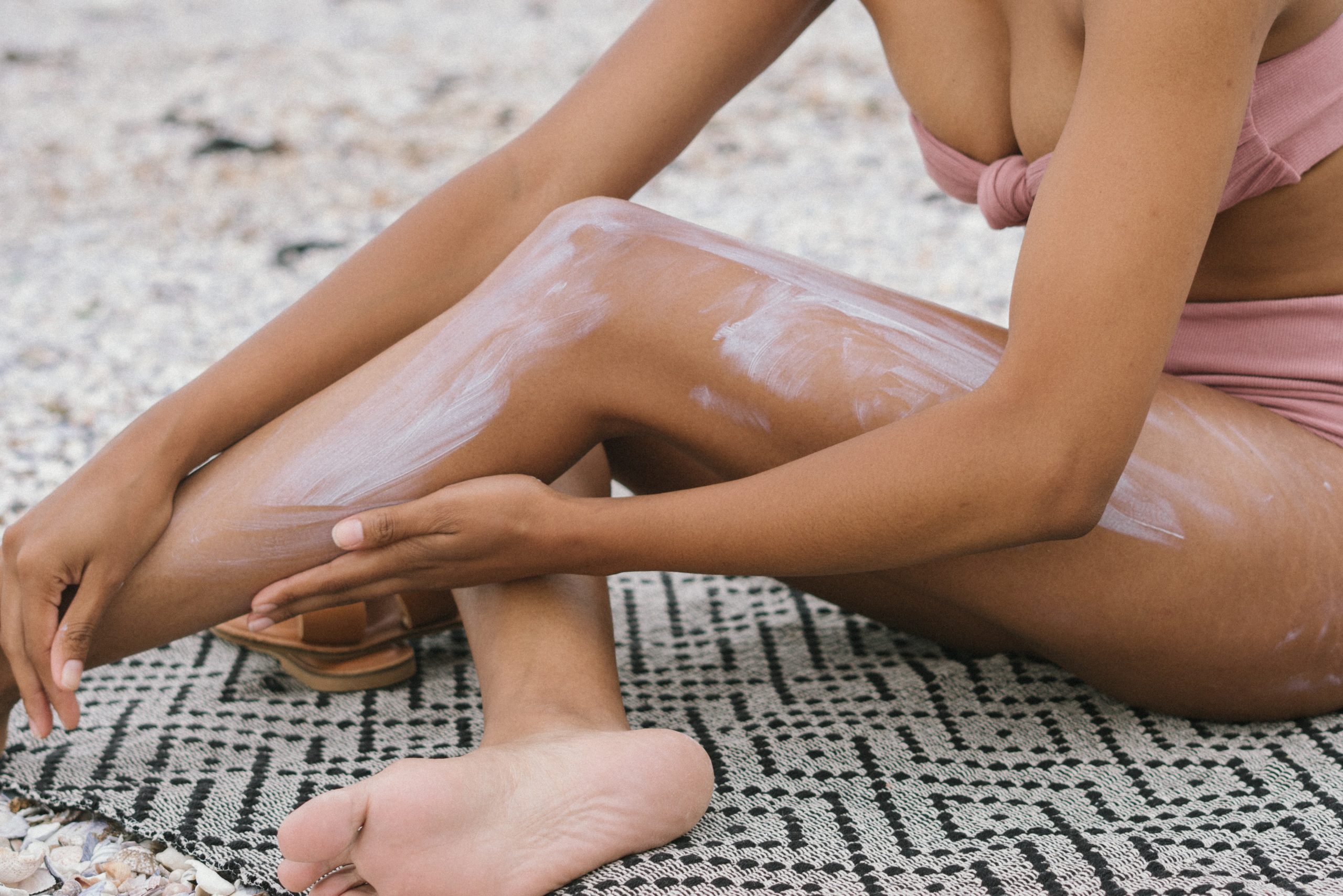
What You Should Know About Sunscreens
May is Skin Cancer Awareness Month. Our board-certified dermatologists in Jupiter thought this would be a good time to review the facts you need to know about sunscreens. Learn how they protect you from skin cancer, the most common cancer in the United States.
Background
- Every year, approximately 1,735,000 Americans are diagnosed with this preventable disease, and an estimated 610,000 die from it.
- The most preventable cause of skin cancer is exposure to UV light, either from the sun or from artificial sources like tanning beds.
- The American Cancer Society expects 9,680 Floridians be diagnosed with melanomas of the skin in 2021.
- A Centers for Disease Control and Prevention (CDC) survey found that fewer than 15 percent of men and about 30 percent of women use sunscreen on their face and other exposed areas when outdoors.
Sun’s effect on skin
Ultraviolet (UV) radiation makes up part of the natural energy produced by the sun, according to the Skin Cancer Foundation.
UV rays cause tanning, as well as sunburn. They damage the supportive elastin in your skin, causing it to stretch and eventually to lose the ability to snap back into place, thus forming wrinkles.
They also affect the skin’s ability to heal, resulting in freckles, benign tumors, mottled areas of the skin (either red or brown), small, red “spider veins” concentrated primarily on the upper cheeks and nose (telangiectasias), and an overall yellow discoloration of the skin.
Whether from the sun or a tanning booth, UV rays cause DNA mutations in the melanocytes, the pigment in the lower part of the epidermis, when then becomes malignant (cancerous). More recent research has found that UV rays can also alter a gene that suppresses tumors, raising the risk of sun-damaged skin cells developing into skin cancer.
The more sun exposure you get, the more damage your skin will receive. And the damage builds up over time. Because the sun’s rays are strong here in Florida year-round, your level of exposure—and, therefore, risk—is higher than it would be in more northern latitudes.
Two types of UV radiation
When we talk about the damaging effect of light on skin, we’re really talking about two types of light, UVA and UVB, both from the sun (or tanning beds).
UVB rays penetrate and damage the outermost layers of skin, causing suntan, sunburn, and blistering. These rays do not penetrate glass.
UVB rays are associated with the Sun Protection Factor (SPF) on the labels of sunscreen products. The SPF rating means the length of time you can stay in the sun without damage. If you would normally burn with 20 minutes’ exposure, for example, SPF 30 should protect your skin about 30 times longer, or approximately ten hours.
UVA rays, which are shorter in wavelength than UVB rays, also cause tanning and sunburn. While they are less intense than UVB rays, they also penetrate the skin more deeply. They cause genetic damage to cells on the innermost part of the top layer of skin, where most skin cancers occur. They also contribute to premature aging of the skin.
UVA rays maintain the same level of strength during all daylight hours all year long. They can also penetrate windows and cloud cover. This is why you need sunscreen all year long, even on cloudy days, and whether you’re indoors or out.
When sunscreens were first developed, only the UVB rays were thought to be damaging, and the SPF protection reflected that belief. As researchers began to understand the danger of both types of radiation, manufacturers began to add ingredients that provided protection from both types. These are labeled “broad-spectrum” and are the kind you need to use.
We at Genesis Dermatology prefer physical (zinc oxide) sunscreens which offer both UVA & UVB protection.
The right way to apply sunscreens
The American Academy of Dermatology (AAD) offers the following tips for applying sunscreen:
- Your sunscreen should have an SPF of at least 30 and say “broad-spectrum protection” on the label. If your skin is sensitive to sunscreen, use one that is free of all preservatives, para-aminobenzoic acid (PABA), chemicals, perfumes, and alcohol.
- Apply sunscreen generously before going outdoors. It takes approximately 15 minutes for your skin to absorb it enough to protect you.
- Apply enough sunscreen to cover all exposed skin. Most adults need about one ounce—enough to fill a shot glass—to fully cover their body. Rub the sunscreen thoroughly into your skin.
- Apply sunscreen to all bare skin. Remember your neck, face, ears, tops of your feet, and legs. For hard-to-reach places, ask someone to help or use a spray sunscreen. If you have thinning hair, either apply sunscreen to your scalp or wear a wide-brimmed hat. To protect your lips, apply a lip balm with an SPF of at least 15.
- Reapply sunscreen every two hours, or immediately after swimming or sweating.
- Sunscreen stored in hot areas like a car can lose potency more quickly. The ideal storage temperature is 77 degrees Fahrenheit.
Be sure to ask us if you have any questions about sunscreens and protecting your skin.

